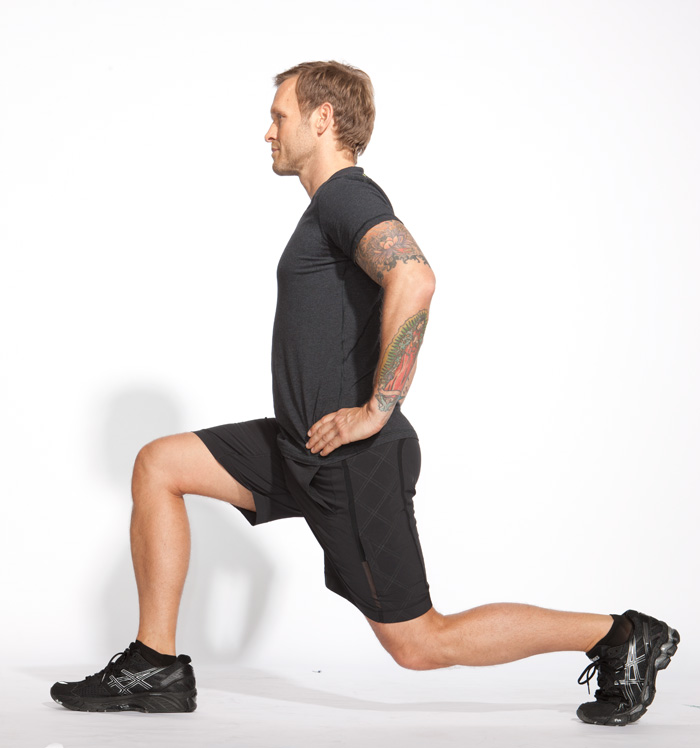It’s no secret that everyone is busy, and the search for work-life balance can be elusive. With that in mind, we reached to our experts at Equinox, located in the heart of Toronto’s financial district, to find out how to easily incorporate health and wellness into a hectic, and sometimes irregular schedule. While these tips are no replacement for a week long vacation in Mexico, they are small changes you can incorporate into your daily work life.
Making a few small changes over time can make the biggest impact, ensuring that you can get the most out of your vacation when the time does permit you to take some time off.
Q: I spend 8 to 10 hours at my desk during the average work week, and feel that the 1 to 3 hours I spend at the gym per week is in no way helping to balance this out. What can I do while I’m at work to decrease the negative effects of sitting all day?
A: The good news is, you’ve recognized how detrimental sitting for extended periods of time is to your health and want to do something to stop it. Sitting is considered the new smoking because it has been linked to an increased risk of diabetes, cardiovascular disease and early death.
“When you’re in an improper slouched or seated posture for extended periods of time, there is physiological change in the body,” says Vladimir Friedman, DC, CCSP, of Accelicare Sports Chiropractic in Manhattan. “In addition to the proven disease risks, things start to lock up. Tissues can weaken and the effects can be degenerative.”
But, getting up for breaks and focusing on movements that will keep your tissue mobile and fluid throughout the day, prevent muscle tissue from shortening, shrinking and weakening over time. Freidman helped to offer the following quick tips for active sitting, which you can do right from the office.
1. Roll your feet
Feet can really stiffen up when you sit for long periods and a lack of mobility in the ankles and calves can become a problem. Take a couple breaks during your day and roll each foot on massage ball or small frozen water bottle. Shoe off, press down on the ball or bottle and roll it back and forth over the arch of your foot allowing the pressure to loosen up the tissues and increase circulation.
2. Do some wall squats
Sit with your shoulder blades and lower back against a wall, hips and knees at a 90-degree angle. Hold for a minute and do 3 reps. No need to to overdo it with reps; these squats are not about fitness gains, but prevention of degeneration.

3. Stretch into a lunge
Constant sitting shortens the hip flexors, so you need to stretch the anterior capsule and surrounding musculature of the hips as well as the quads. Step your left leg forward into a 90-degree lunge, allowing the right knee to hover over the ground behind you. Then switch legs. Try to work this in 3-4 times a day.
4. Reverse your rotation
During prolonged sitting, we tend to collapse inward, rounding our shoulders and jutting our necks out and forward. To reverse this, move to the edge of your chair and sit on your tailbone. Leaving your arms at your sides, open your chest and rotate your hands out, letting your shoulders move back. At the same time, widen your hips by rotating your feet out. Hold for 10 seconds and repeat 10 times.
5. Extend your back
This exercise was created for disc herniation injuries but it’s perfect for reversing a sitting posture. Stand and place the palms of your hands on the sacroiliac joints at your lower back to lock out your lumbar spine and prevent overextension. Then gently lean back as far as you comfortably can. Do 10 reps, once or twice a day.



